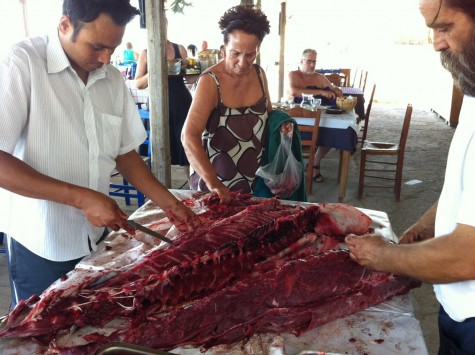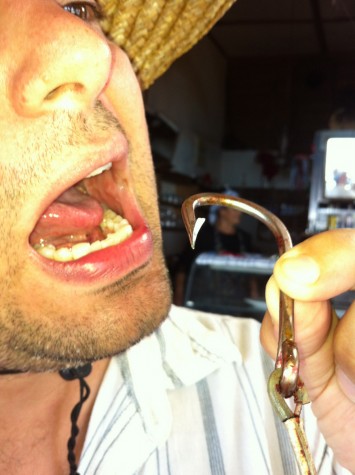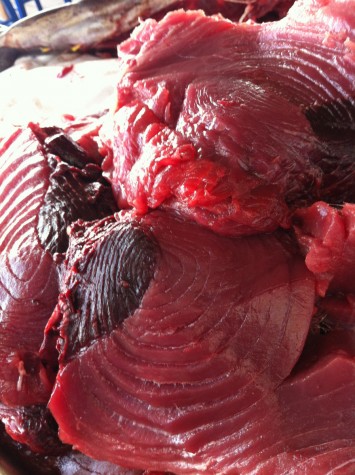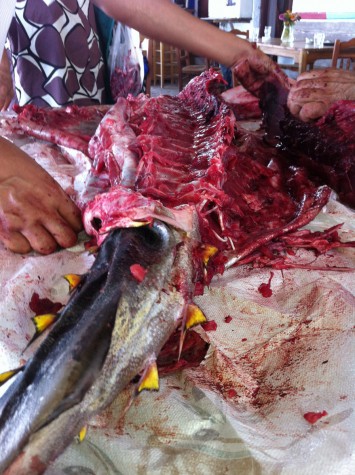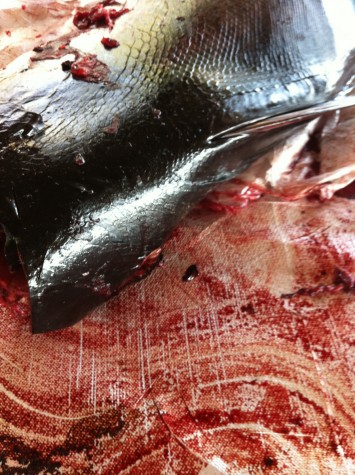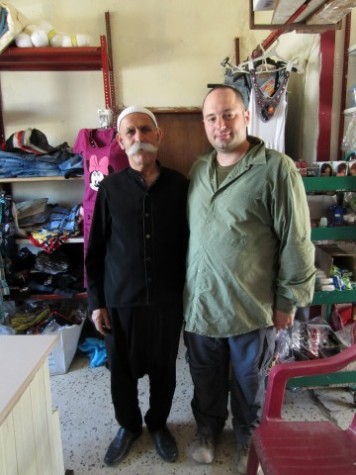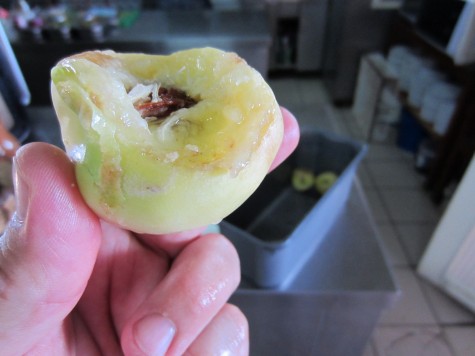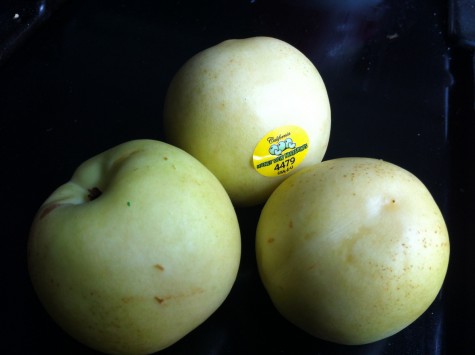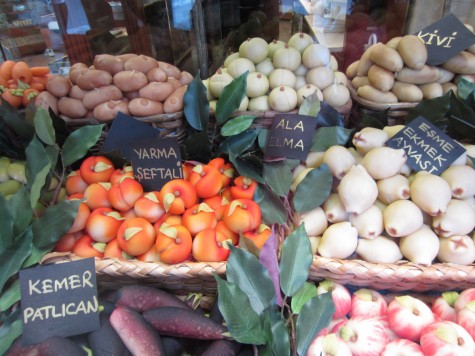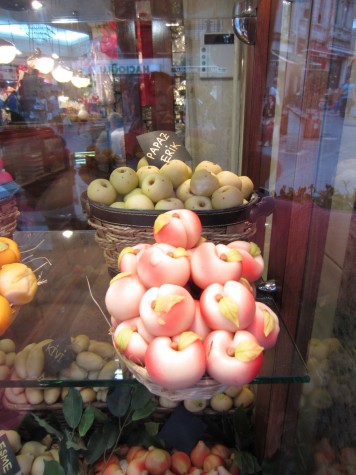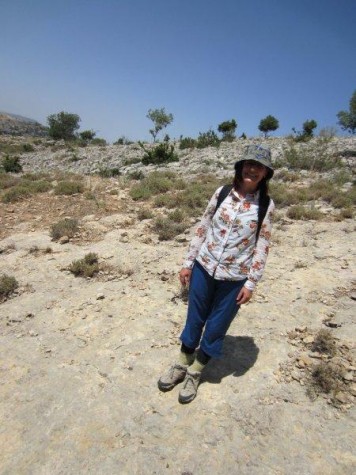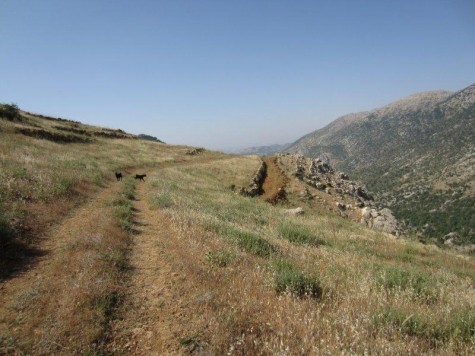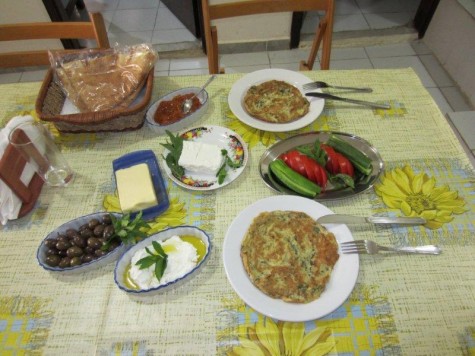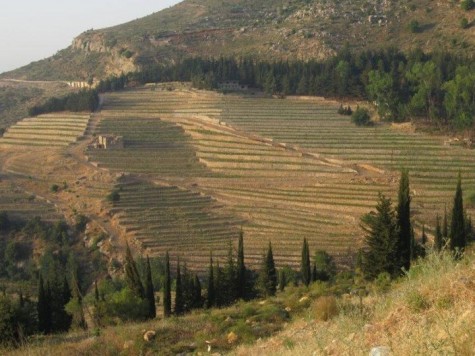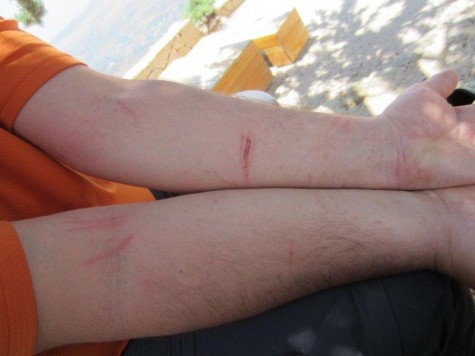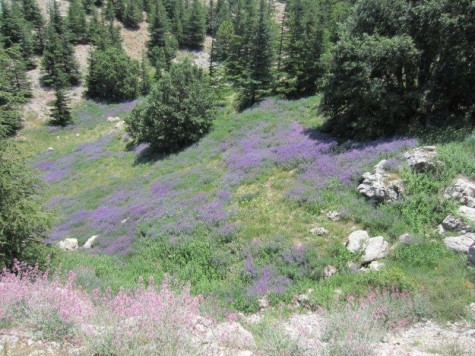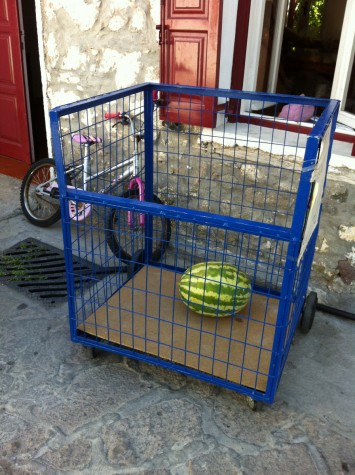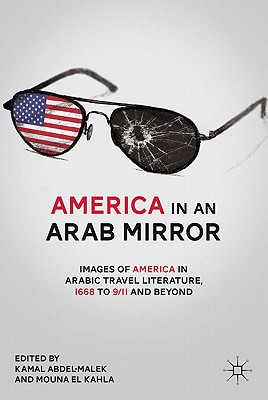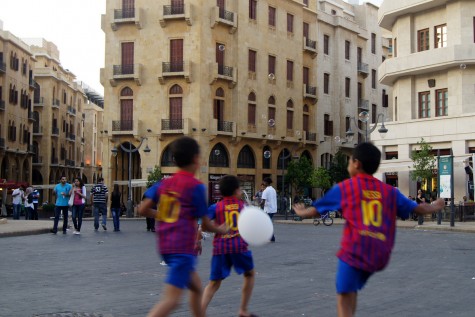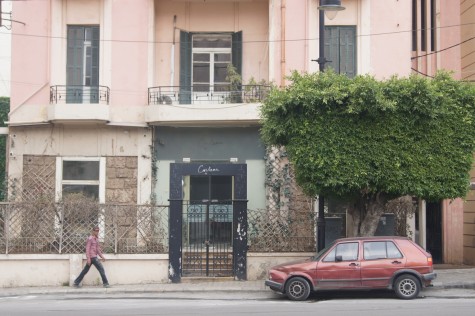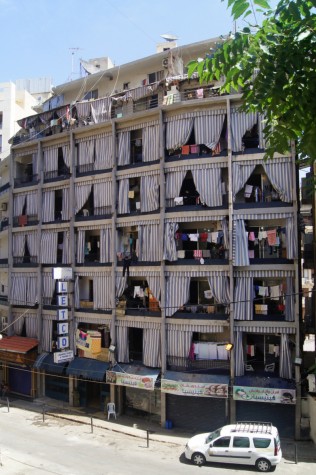Want a real mind-bending experience when you travel?
Don’t worry so much about what to eat. Focus on the odd things there are to drink.
That’s where you get into severe mind-warping territory.
Exhibit A: Salgam Suyu
(Sorry–there’s a little cedilla under the s, and also under a c farther down. I’ve taught myself a lot about code in a decade, but never mastered those special characters.)
Salgam suyu is a Turkish purple carrot drink. Apparently it’s fairly common at juice stands in certain parts of Turkey that I haven’t been to.
I think if I encountered it in a juice stand, I’d be pretty giddy and think it was cool.
But I saw it as a packaged product, in a grocery store–and that was even more mind-blowing. It’s like it proved it was a major part of the culture, not just some health nut’s invention.
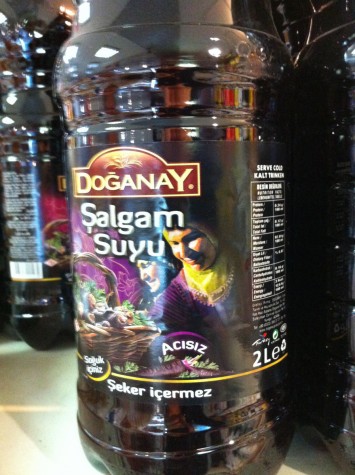
“Is that a…carrot? That’s purple?” I said, squinting at the label. I flipped it around to look at the ingredients. Yup, purple carrot.
At the checkout, the lady looked unimpressed with it, like it was a totally normal thing. I guess, for her, it is. Which is the mind-blowing part.
It’s really beautiful stuff:
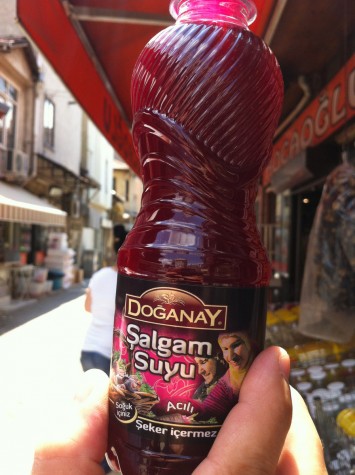
By now, you’re probably wondering about the taste. The label said in capital letters BEST SERVED COLD.
But we had no fridge. We popped it open near the end of a long walk, standing on the top of a windy dyke at the edge of Edirne, with the massive Sinan mosque on the hill above us.
Peter gulped as I read out the ingredients: “Purple carrot, wheat, turnip, salt, red chili, pepper…”
“Huh. All those things really come through,” he said, scrunching up his face. “In that order.”
I took a swig. It was bracing. I wished it were cold. But for electrolyte replacement or whatever, and in lieu of food, it was pretty fantastic.
This product really made me rethink everything I knew about Turkey, Turkish food and Turks in general. Granted, I’m no expert to start with (the only Turkish I know is cok güzel, and I learned that from an Eartha Kitt song), but this made me realize there’s just so much I don’t know, there and nearly everywhere I go.
Like, what is the significance of this drink? Do grownups drink it? Do kids drink it? Does your mom tell you to drink it when you’re sick with something in particular? Do dudes drink it to feel studlier? Does it go with certain foods? Do you drink at night? In the morning? Is it old-fashioned? Or suddenly cool again? Is this a good brand? The only brand? Do people scoff at seeing it packaged at all?
I have no real answers, but I do see the word afrodizyak on the packager’s website. And, according to the ad, it makes you do backflips.
Each dish in every culture has all this resonance, but we barely begin to learn any of it when we travel. We can read up on some of the most famous dishes–it’s bachelor food, it’s court food, it’s imported-from-China-on-the-silk-road food… But a lot is just never even discussed, until someone thinks to ask.
It’s true for food, but it’s doubly true for drinks, because they’re almost always, by definition, a secondary thing.
Drinks also tend to be more personal, like breakfast–we have our routines, and we don’t want to mess them up (just think of your morning coffee).
And, more practically, travelers often shy away from water-based things for health reasons.
But one huge selling point about trying new drinks is: they’re cheap! Even if something’s disgusting and you’ll never put it in your mouth again, you only spent a couple bucks, max, on it. But you will have seen, for a gulp or two, a whole side of a culture you never knew before.
What’s the weirdest thing you’ve ever had to drink in another country?
